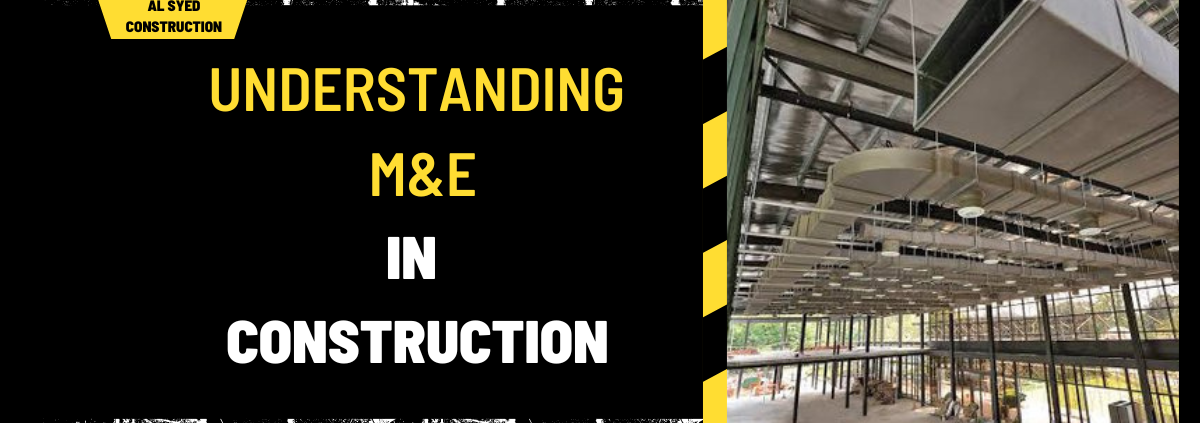Understanding M&E in Construction
Table of Contents
Introduction to M&E
In the dynamic world of construction, M&E stands as a critical component often overlooked by the uninitiated. M&E, shorthand for Mechanical and Electrical, encompasses the intricate systems and installations that form the lifeblood of modern buildings. These systems are indispensable, providing functionality, comfort, and safety to occupants.
The Role of Mechanical Systems
1. Heating, Ventilation, and Air Conditioning (HVAC)
HVAC systems regulate indoor environments, ensuring thermal comfort and air quality. Key components include:
- Heating: Systems that generate heat, essential for maintaining comfortable temperatures in cold climates.
- Ventilation: Circulates fresh air throughout the building to reduce pollutants and maintain oxygen levels.
- Air Conditioning: Controls humidity and temperature during warmer seasons, enhancing occupant comfort.
2. Plumbing and Drainage Systems
Plumbing systems deliver potable water and manage wastewater efficiently:
- Water Supply: Networks of pipes that transport clean water for consumption and other purposes.
- Drainage: Systems that remove wastewater and sewage from the building, preventing health hazards.
The Importance of Electrical Systems
1. Power Distribution
Electrical systems ensure reliable power distribution within buildings:
- Distribution Panels: Control centers that manage electricity flow from the main supply to various circuits.
- Wiring and Cabling: Conductors that transmit electricity safely throughout the building.
2. Lighting and Fire Safety
Lighting systems provide illumination while adhering to safety standards:
- Emergency Lighting: Ensures visibility during power outages or emergencies.
- Fire Detection and Alarm Systems: Early warning systems that safeguard occupants in case of fire.
Integration and Coordination
1. Design and Installation
M&E systems require meticulous planning and coordination throughout the construction process:
- Design Phase: Engineers and architects collaborate to integrate M&E requirements seamlessly into building plans.
- Installation: Skilled technicians execute precise installations to ensure system reliability and efficiency.
2. Maintenance and Sustainability
Regular maintenance is crucial for M&E systems to operate at peak performance:
- Scheduled Inspections: Identify and address potential issues to prevent system failures.
- Energy Efficiency: Implementing sustainable practices to reduce energy consumption and environmental impact.
Challenges and Innovations
1. Technological Advancements
Innovative technologies are transforming M&E systems:
- Smart Buildings: Integration of IoT (Internet of Things) devices for remote monitoring and control.
- Energy Management: Optimizing systems for greater efficiency and cost-effectiveness.
2. Regulatory Compliance
Meeting building regulations and health and safety standards is paramount:
- Code Compliance: Adhering to local regulations ensures occupant safety and operational legality.
Conclusion
In conclusion, M&E in construction underscores the complexity and essential nature of mechanical and electrical systems in modern buildings. From heating and cooling to power distribution and safety measures, these systems are foundational to creating functional, sustainable, and safe environments for occupants.




